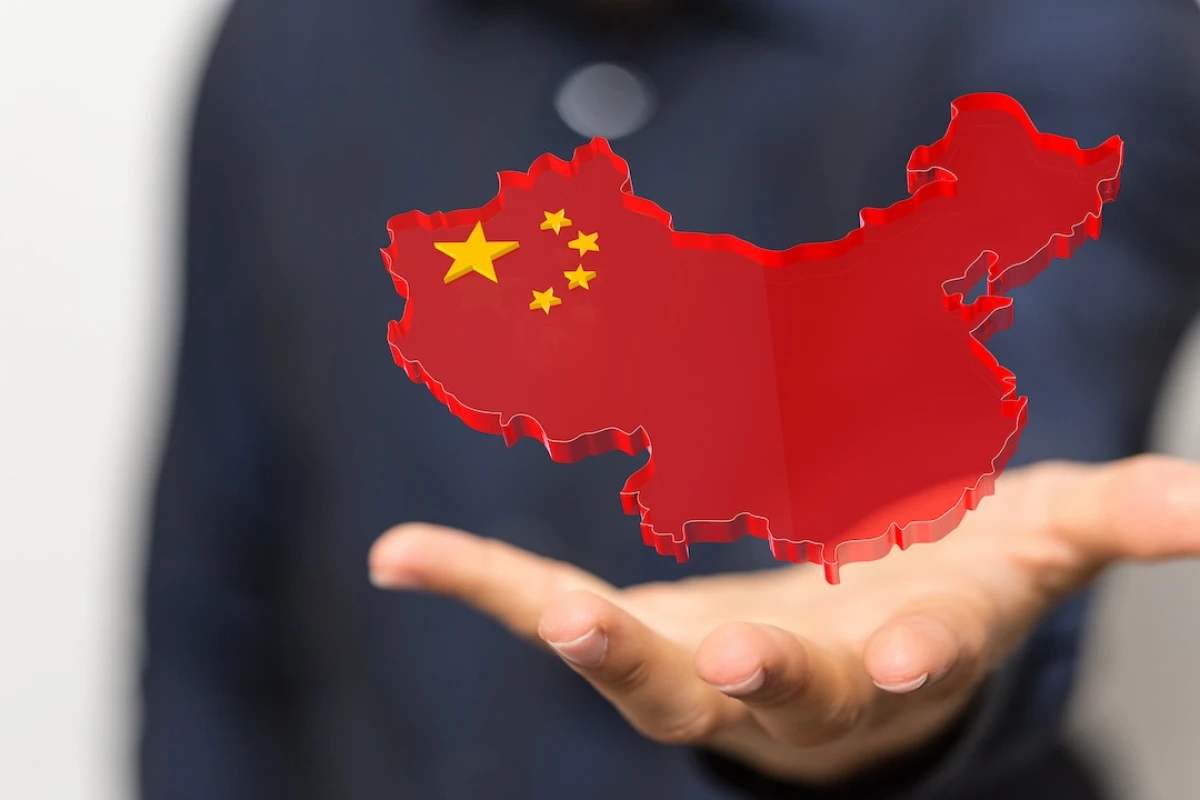#What You Need To Know
China has set an ambitious annual growth target of around 5%, despite challenges such as a property slump and deflation. Premier Li Qiang acknowledged the difficulties in achieving this target and called for policy support and joint efforts from all fronts. Economists expect the economy to grow by 4.6% this year, highlighting the obstacles policymakers face in resisting large-scale stimulus.
The 3% inflation target means China is aiming for nominal growth of around 8%, but with the economy battling deflation, achieving strong expansion will be challenging. Li's work report also hinted at stepped-up support, with plans to issue 1 trillion yuan ($139 billion) of ultra-long special central government bonds in 2024.
The government aims to balance growth and risk prevention, with efforts to manage local government debt and stimulate consumer demand. Chinese stocks fell after the growth targets were announced, with investors calling for more forceful fiscal measures to boost the economy.
Sign up for Investing Intel Newsletter
#Why This Is Important for Retail Investors
Economic Growth Potential: China's ambitious growth target of around 5% signifies the potential for economic expansion in one of the world's largest economies. Retail investors interested in global markets may find opportunities in sectors associated with this growth, such as technology, consumer goods, and infrastructure.
Impact on Global Markets: China's economic performance has a significant impact on global markets. Retail investors who have exposure to international investments or diversified portfolios need to stay informed about China's growth trajectory and its implications for stock markets, commodity prices, and overall market sentiment.
Investment Opportunities: The push for growth in China may create investment opportunities in various sectors. Retail investors can consider companies operating in industries expected to benefit from China's economic policies, such as manufacturing, clean energy, e-commerce, and healthcare.
Risk Assessment: The challenges faced by China, such as a property slump and deflation, highlight potential risks that can affect the broader market. Retail investors need to evaluate the potential impact of these challenges on their investment strategies and consider adjusting their portfolios accordingly.
Geopolitical Considerations: China's economic targets and policies are closely linked to its geopolitical rivalry with the United States. Retail investors should stay informed about developments in US-China relations, as shifts in trade policies, tariffs, or other geopolitical factors can have a substantial impact on investment opportunities and market conditions in both countries.
#How Can You Use This Information?
Here are some of the investing ideas that can be explored using this information:
Growth Investing
Retail investors can explore opportunities in sectors expected to benefit from China's ambitious growth target, such as technology, consumer goods, and infrastructure.
Growth investing focuses on stocks of companies expected to grow at an above-average rate compared to other stocks in the market. Learn more in our article titled 'What is Growth Investing?'.
Dividend Investing
Companies in China that are poised for growth may also offer attractive dividend yields. Retail investors can consider dividend-focused strategies that provide both income and potential capital appreciation.
Dividend investing targets companies that regularly distribute a portion of their earnings to shareholders as dividends.
Defensive investing
Given the challenges faced by China's economy and potential market volatility, retail investors may consider defensive investment strategies that focus on stable, resilient companies or sectors less prone to economic fluctuations.
Defensive Investing focuses on securing a portfolio by choosing companies that are less sensitive to economic downturns.
Geographic Diversification
China's economic performance has a significant impact on global markets. Retail investors can consider expanding their portfolios' geographic diversification by allocating a portion of their investments to China or Asia-focused funds to capture potential growth opportunities.
Geographic Diversification expands a portfolio's reach by investing in assets across different regions to mitigate the risk associated with any single country.
#Read What Others Are Saying
FT: China sets 'ambitious' 5% growth target and flags risks to economy
Bloomberg: China Sets Ambitious GDP Growth Target of Around 5% at NPC 2024 - Bloomberg
Sign up for Investing Intel Newsletter
#What you should read next:
Apple (AAPL) iPhone Discounts in China: Competing with Huawei
HP CEO Predicts Recovery in PC Demand plus AI PCs to Drive Growth
#Popular ETFs
Some investors prefer to invest in stocks via an exchange-traded fund for ease and reduced risk. Some popular ETFs include the following:
iShares China Large-Cap ETF (FXI): This ETF provides exposure to large-cap Chinese stocks, primarily focusing on companies listed in Hong Kong. It covers sectors such as financials, technology, and consumer goods.
KraneShares CSI China Internet ETF (KWEB): This ETF targets Chinese internet companies, offering exposure to technology giants and emerging online businesses within China. It's suitable for investors looking to tap into China's digital economy growth.
SPDR S&P China ETF (GXC): GXC offers broad exposure to Chinese stocks, including companies of various sizes across different sectors. It tracks the S&P China BMI Index, providing diversified investment in China's economy.
VanEck Vectors ChinaAMC SME-ChiNext ETF (CNXT): This ETF focuses on small to medium-sized enterprises in China, tracking the performance of the ChiNext market—a NASDAQ-style board of the Shenzhen Stock Exchange. It's aimed at investors seeking growth potential in China's innovative and entrepreneurial companies.
iShares MSCI China A ETF (CNYA): CNYA provides access to A-shares traded on the Shanghai and Shenzhen exchanges, allowing foreign investors to participate directly in Mainland China's equity markets. It covers a range of sectors, including financials, consumer, and technology.
Xtrackers Harvest CSI 300 China A-Shares ETF (ASHR): ASHR tracks the CSI 300 Index, which includes the largest and most liquid stocks in the China A-shares market. This ETF is one of the options for investors looking to gain direct exposure to Chinese A-shares.
Invesco Golden Dragon China ETF (PGJ): PGJ focuses on U.S.-listed companies that derive a majority of their revenue from China. It includes sectors such as technology, consumer discretionary, and healthcare, targeting companies that benefit from China's economic and consumer growth.
